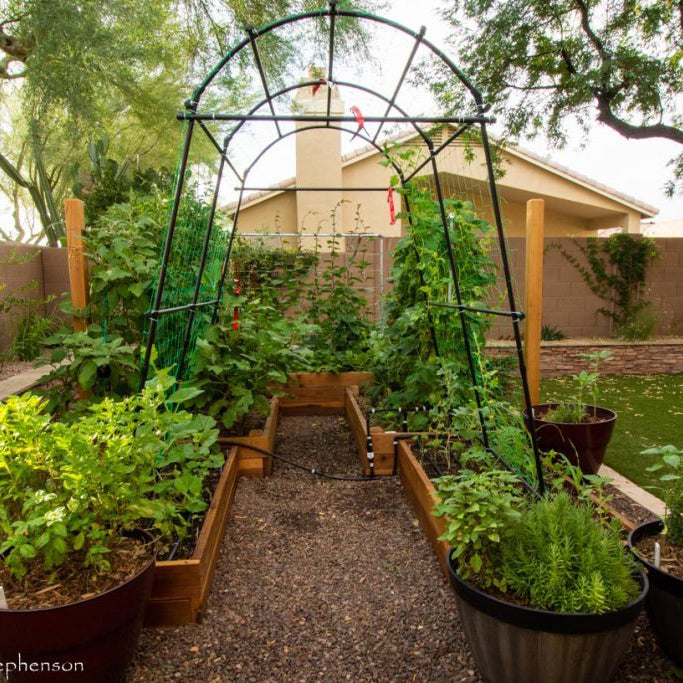
Available 24/7
Available 24/7

Brahma Kamal is an extraordinary flower that holds a special place in the culture and mythology of India.
Native to the Himalayas, particularly the regions of Himachal Pradesh and Uttarakhand, Brahma Kamal is also known by various other names like Night Blooming Cereus, Queen of the Night, and Lady of the Evening due to its unique blooming pattern and striking beauty.
Commonly referred to as Brahma Kamal (ब्रह्मकमल) in India, this sacred plant is highly revered, with deep roots in Indian mythology.
The plant's striking lotus-like flower blooms at night, adding to its mystique and spiritual significance. This flower is especially sacred and used in various religious offerings and rituals in the hill temples of Uttarakhand, such as those at Kedarnath, Badrinath, and Tunganath.
During the festival of 'Nanda Asthami' in September-October, Brahma Kamal is offered in temples and distributed as prasad to devotees. This sacred act adds to the spiritual reverence associated with the flower, which is believed to possess divine qualities.
The Brahma Kamal is deeply tied to Hindu mythology and is said to have been created by Lord Brahma at the request of Goddess Parvati.
According to the myth, when Lord Shiva, in a moment of jealousy, cut off the head of their son, Lord Ganesha, he regretted his actions.
With the help of Lord Brahma, Lord Shiva placed the head of an elephant onto Lord Ganesha’s body and bathed him with water from the Brahma Kamal flower.
This act is believed to have restored Lord Ganesha's life, and thus the Brahma Kamal is considered a life-restoring flower of the gods.
The flower has long been thought to possess wish-fulfilling powers. It is believed that anyone who catches a glimpse of this sacred flower will have their wishes granted. The spiritual significance of this flower has made it a subject of reverence among millions of devotees and a cherished symbol of hope and renewal.
Brahma Kamal is a perennial plant, distinguished by its stout stem and oblong, toothed leaves. The flowers of Brahma Kamal are large, white, and star-shaped, with a delicate fragrance that helps attract pollinators by moonlight or starlight.
The flower blooms late in the evening, beginning around 7 p.m. and taking roughly two hours to fully open, reaching a diameter of about 8 inches. The bloom remains open throughout the night before wilting by morning.
Despite its beauty, Brahma Kamal’s scent is quite unpleasant, which may be why it is not commonly brought home as a decorative flower. However, its cultural and religious significance far outweighs this drawback, as it is primarily valued for its spiritual properties and its association with divine blessings.

Buy Brahma Kamal | View Details
Brahma Kamal is not only revered for its spiritual significance, but it also has several medicinal properties. In traditional Indian medicine, the plant is used to treat a variety of ailments, including urogenital disorders, liver infections, sexually transmitted diseases, bone pain, and respiratory issues like cold and cough.
In Tibetan medicine, Brahma Kamal is considered a potent herb with detoxifying properties. The plant’s bitter nature is beneficial for the liver, acting as a liver tonic that helps treat liver ailments.
The plant is also used to soothe liver inflammation and increase blood volume in the body. Brahma Kamal is known to help with urinary tract disorders, particularly recurrent urinary tract infections, and is even used to treat sexually transmitted diseases.
Furthermore, the rhizomes of Brahma Kamal are used as an antiseptic and for healing cuts and bruises. The flower, leaves, and rhizomes are all utilized in traditional medicine to alleviate symptoms of bone aches, intestinal ailments, and coughs.
The medicinal use of Brahma Kamal is widespread, and it continues to be an important herb in holistic healing practices.
Despite its significance, the Brahma Kamal is facing serious threats in its natural habitat. The over-harvesting of this sacred plant, particularly due to its demand in religious ceremonies, has led to the depletion of wild populations.
Furthermore, the illegal trade of Brahma Kamal has become a significant problem, with a growing number of people involved in its smuggling.
China is one of the largest importers of Brahma Kamal plants and their parts, with a substantial portion of the demand coming from India.
While the Indian government has implemented conservation measures to protect these plants, the illegal trade continues to thrive, putting the species at risk of extinction. Brahma Kamal is a highly valued plant, and its conservation has become an urgent priority for environmental and cultural preservation.
It is crucial that efforts are made to conserve the Brahma Kamal, not only for its spiritual and medicinal value but also for its unique place in India’s biodiversity.
By raising awareness about the importance of Brahma Kamal and promoting sustainable harvesting practices, we can help protect this sacred plant for future generations.
The government and various environmental organizations are working to safeguard the Brahma Kamal through protection programs, but more needs to be done to prevent its illegal trade.
If you are passionate about preserving this mythical flower, consider supporting conservation efforts and buying plants from trusted sources that practice responsible cultivation.
Buy Brahma Kamal | View Details
In conclusion, Brahma Kamal is much more than just a beautiful flower. It is a symbol of divinity, renewal, and spiritual fulfillment. Its mythical origins, medicinal benefits, and cultural significance make it an invaluable part of India’s natural and religious heritage.
Protecting and preserving this extraordinary plant is essential for maintaining its place in India’s botanical and spiritual landscape.
So, if you're looking to bring a piece of this sacred beauty into your home, consider purchasing Brahma Kamal plants. Not only will you enjoy its stunning appearance, but you will also be supporting the conservation of this important flower.
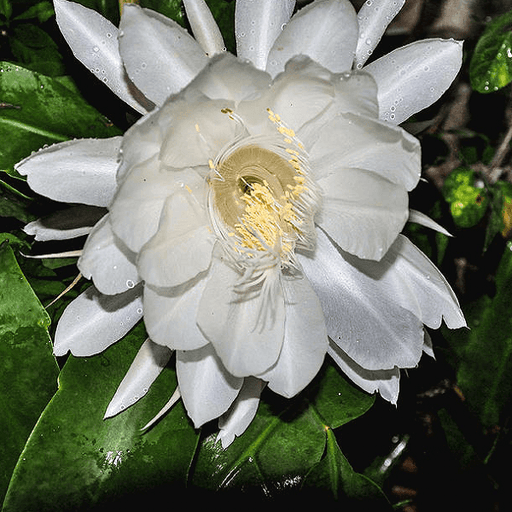 Save 17%
Save 17%
Brahma Kamal, Epiphyllum oxypetalum - Plant The Brahma Kamal, scientifically known as Epiphyllum oxypetalum, is a stunning night-blooming ...
View full details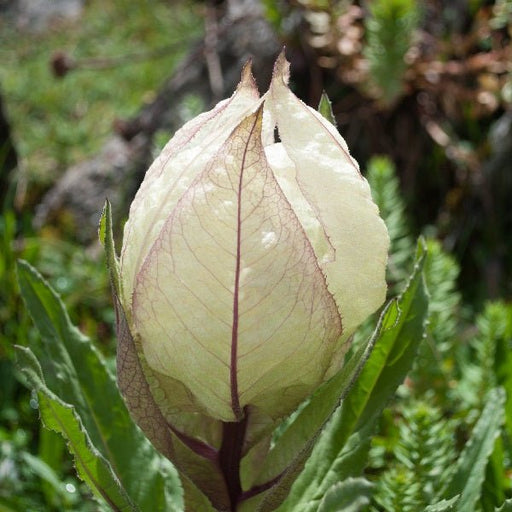 Sold out
Sold out
Brahma Kamal (Saussurea Obvallata) - The Sacred Himalayan Flower Brahma Kamal, scientifically known as Saussurea obvallata, is a rare and ...
View full details Save 18%
Save 18%
Flower of West Bengal: Parijatak (Harshringar) Plant The Parijatak, also known as Harshringar or the Night Jasmine, is a stunning flowerin...
View full details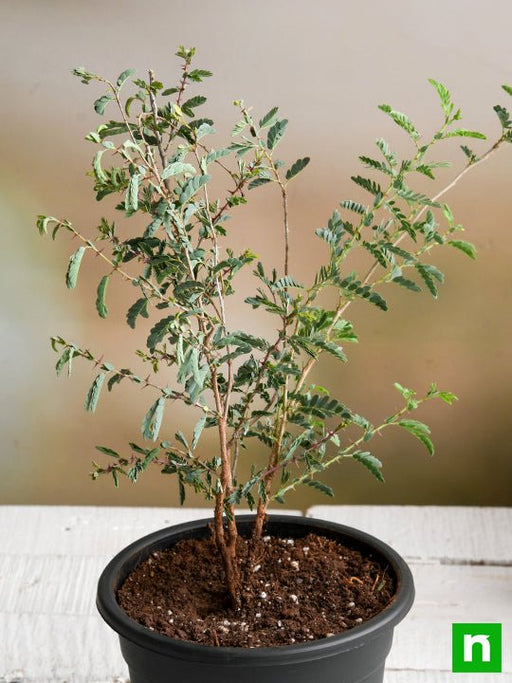
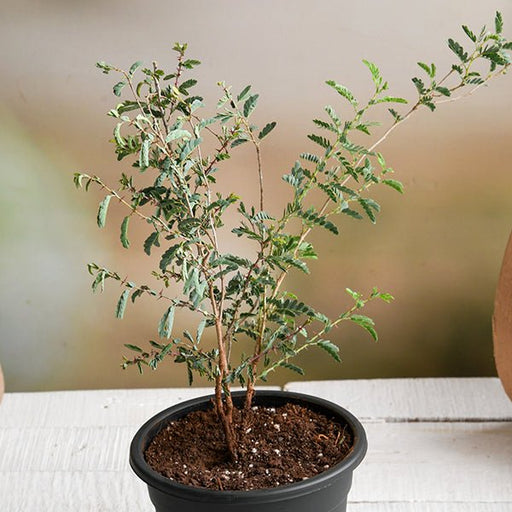 Save 17%
Save 17%
Tree of Rajasthan: Shami - Plant The Shami tree, scientifically known as *Prosopis cineraria*, is a remarkable plant native to the arid re...
View full details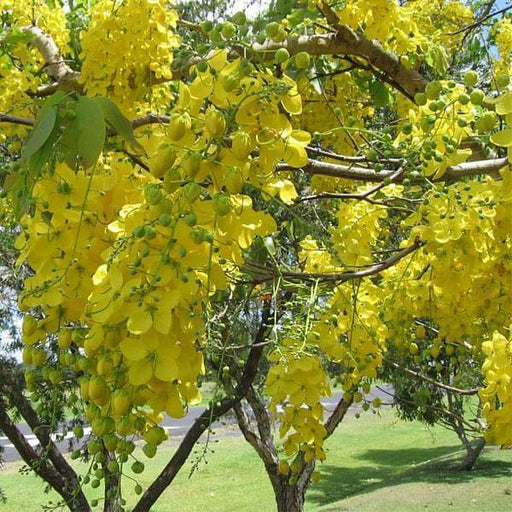 Save 18%
Save 18%
Flower of Kerala, Bahava - Plant The Bahava plant, scientifically known as Vigna radiata, is a cherished flowering plant native to the lus...
View full details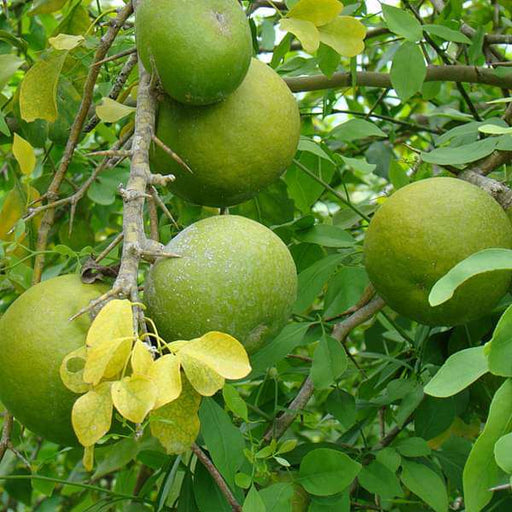 Save 10%
Save 10%
Tree of Puducherry, Bilva - Plant The Tree of Puducherry, also known as Bilva (Aegle marmelos), is a sacred tree revered in Hindu culture,...
View full details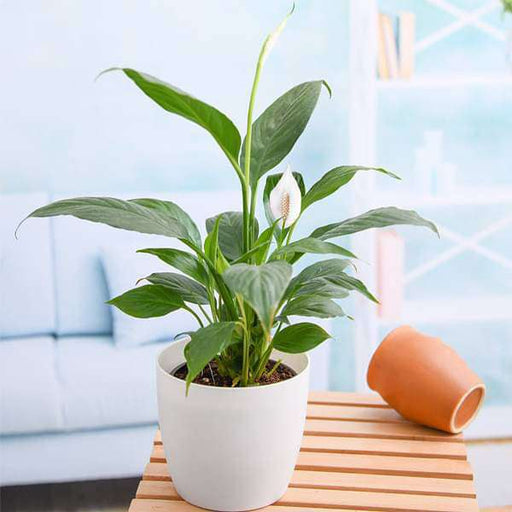
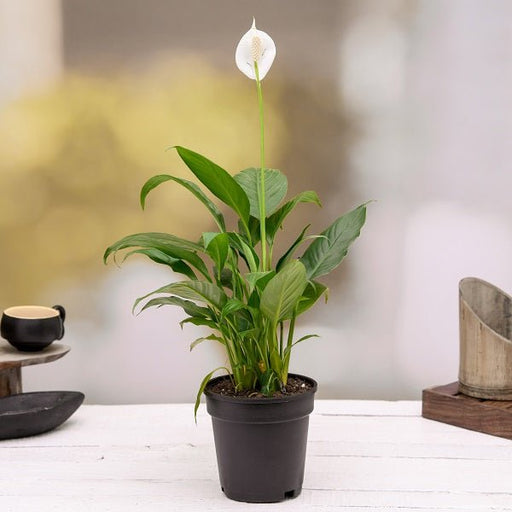 Save up to 15%
Save up to 15%
Peace Lily, Spathiphyllum - Plant The Peace Lily, scientifically known as Spathiphyllum, is a stunning houseplant celebrated for its elegant white...
View full details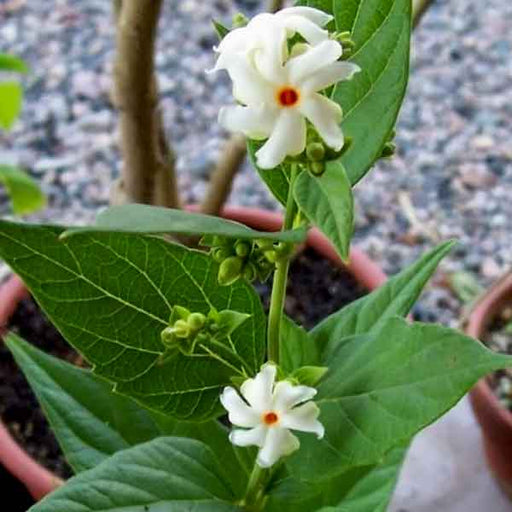
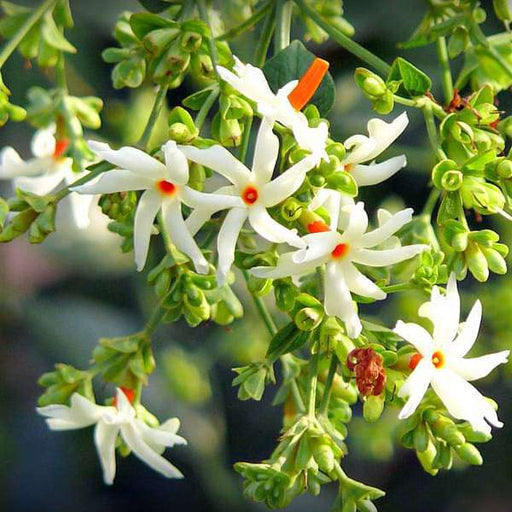 Save 18%
Save 18%
Combo Constituents Includes the Parijat Tree (Night-Flowering Jasmine), a culturally significant plant with fragrant flowers. Description The Pari...
View full details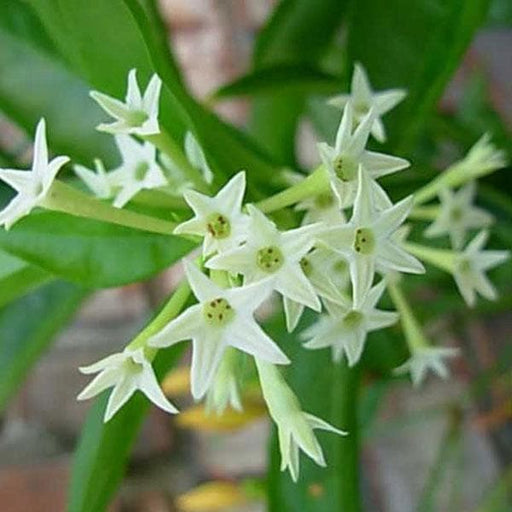
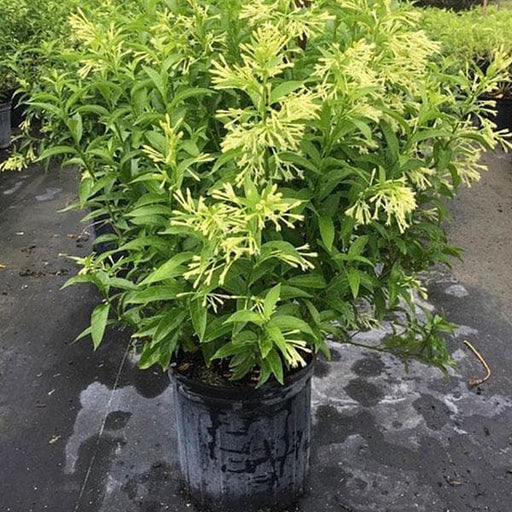 Save 25%
Save 25%
Description Raat Ki Rani (*Cestrum nocturnum*), also known as Night Blooming Jasmine, is a fragrant shrub native to the Caribbean and Central Ameri...
View full details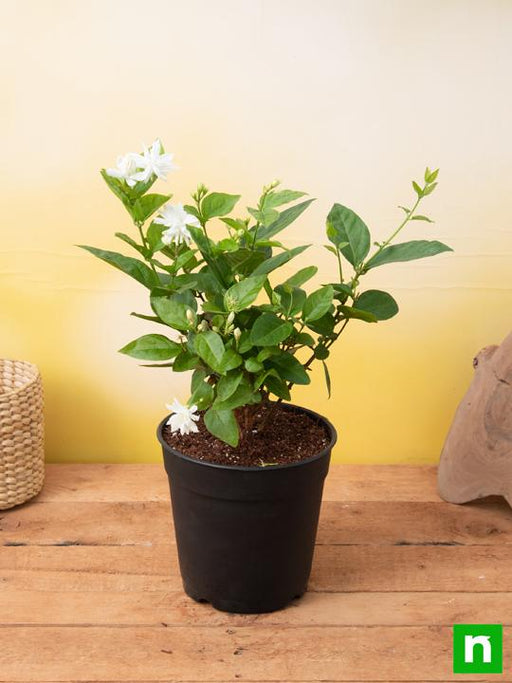
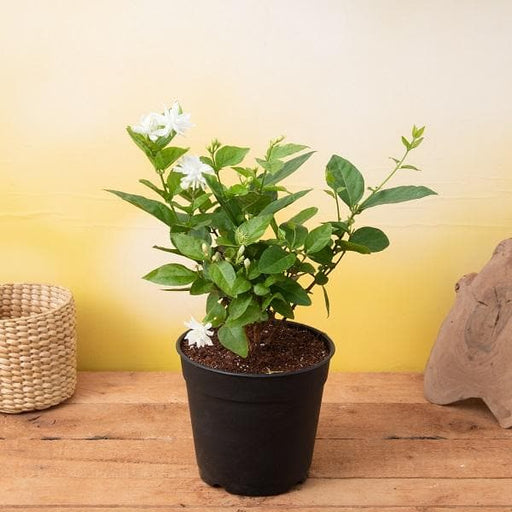 Save 25%
Save 25%
Jasminum sambac, Mogra, Arabian Jasmine - Plant Jasminum sambac, commonly known as Mogra or Arabian Jasmine, is a fragrant flowering plant...
View full details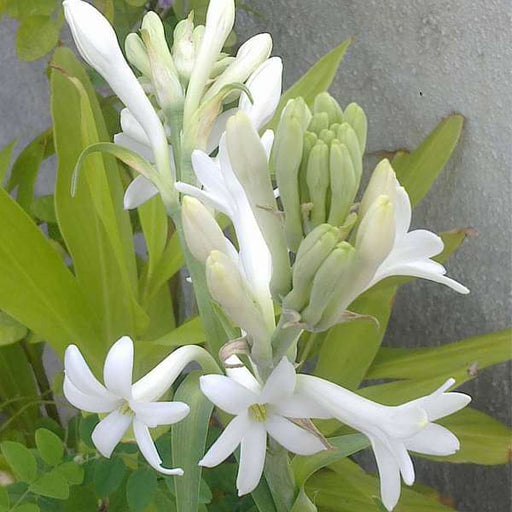
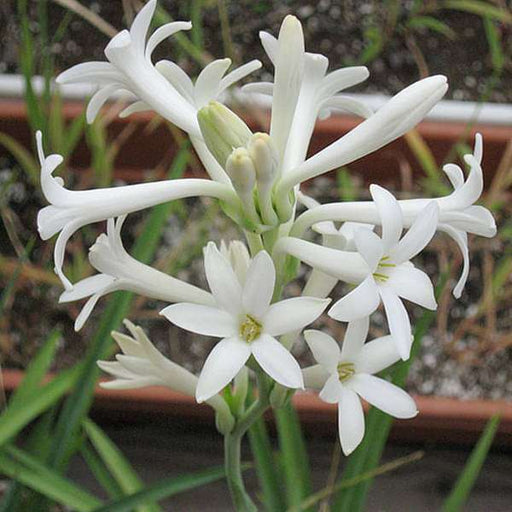 Save 17%
Save 17%
Rajnigandha, Tuberose - Plant The Rajnigandha, scientifically known as Polianthes tuberosa, is a captivating perennial plant renowned for ...
View full details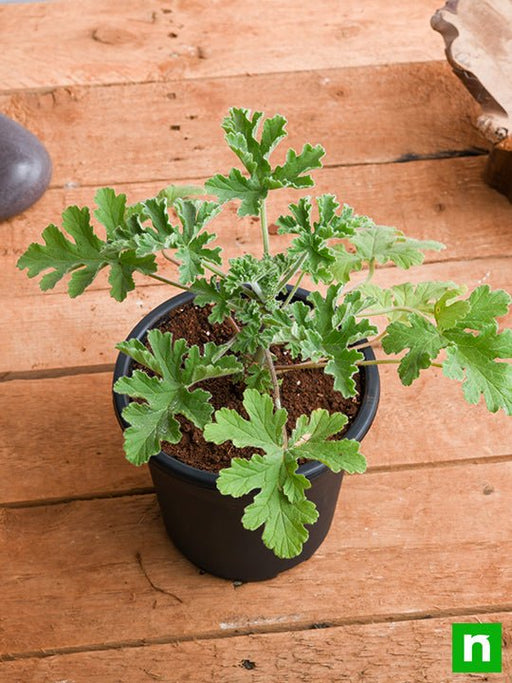
 Sold out
Sold out
Citronella, Odomas - Plant The Citronella plant, scientifically known as Cymbopogon nardus, is a tropical grass renowned for its aromatic ...
View full details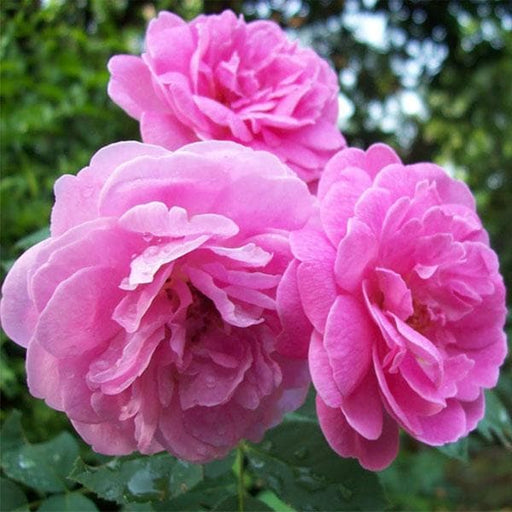 Save 25%
Save 25%
Damascus Rose, Scented Rose (Any Color) - Plant The Damascus Rose, also known as Rosa damascena, is a timeless symbol of beauty and romanc...
View full details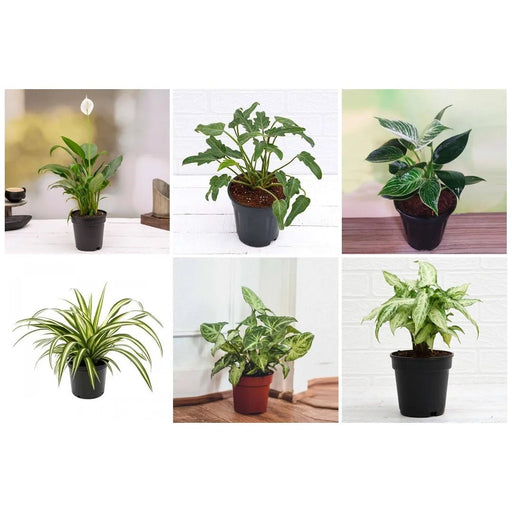
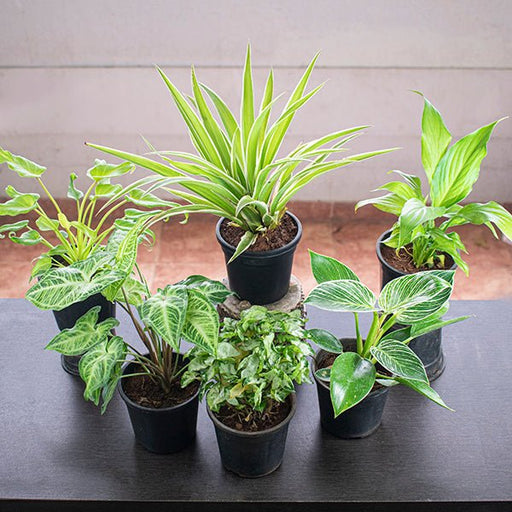 Save 35%
Save 35%
Best 6 Plants for Perfect Indoor Garden Transform your living space into a lush oasis with our curated collection of the Best 6 Plants for a...
View full details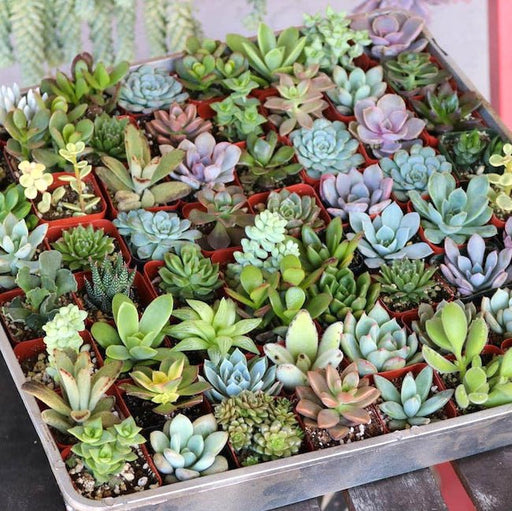
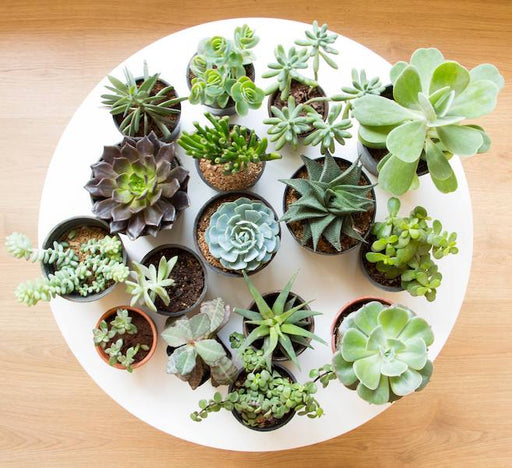 Save up to 50%
Save up to 50%
Mini Succulent Garden Pack Transform your space with our Mini Succulent Garden Pack, featuring a delightful collection of 4 any variety beautiful s...
View full details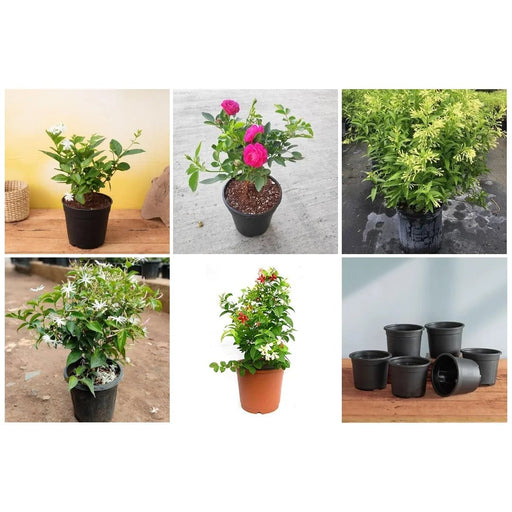
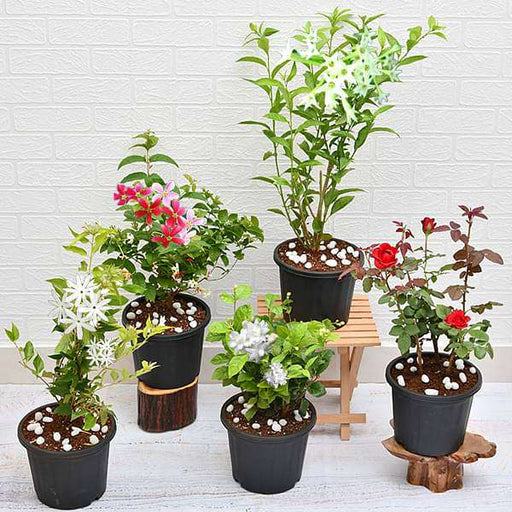 Save 30%
Save 30%
5 Best Fragrant Plants Transform your garden or indoor space into a fragrant paradise with our curated selection of the 5 Best Fragrant Plants. Th...
View full details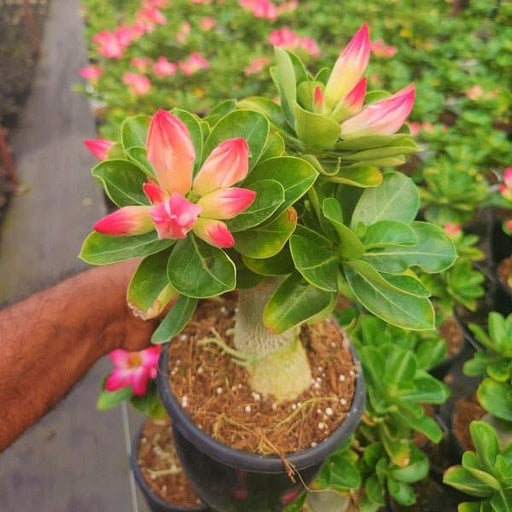
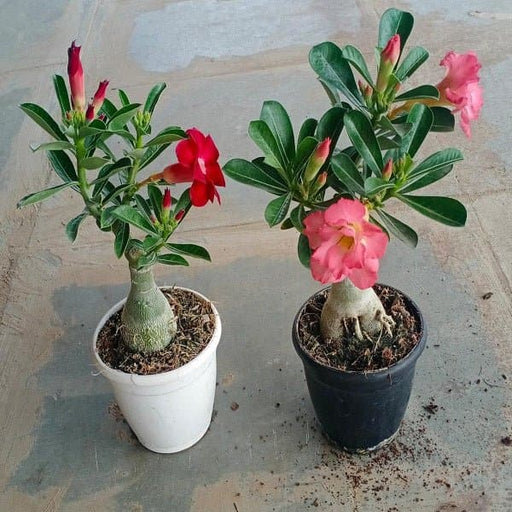 Save 24%
Save 24%
Set of 2 Bonsai Looking Grafted Adeniums Transform your indoor or outdoor space with our exquisite Set of 2 Bonsai Looking Grafted Adenium...
View full details Save 45%
Save 45%
Top 4 Die Hard Succulents Pack Transform your indoor or outdoor space with our Top 4 Die Hard Succulents Pack, featuring a curated selecti...
View full details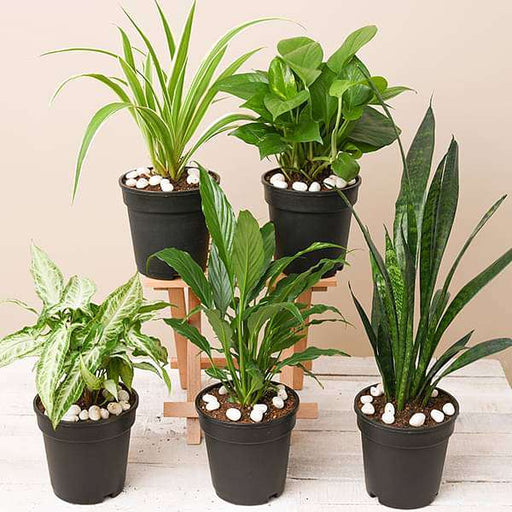
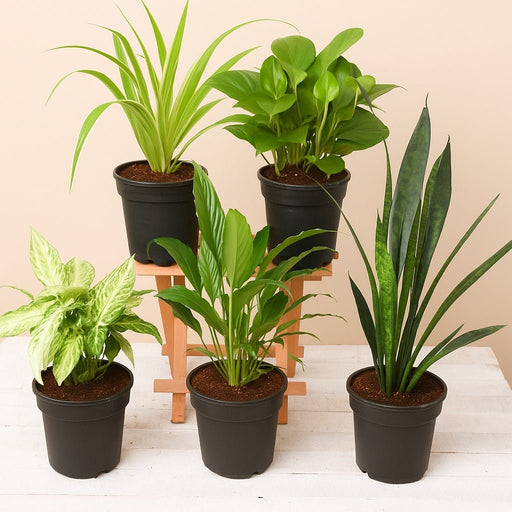 Save 30%
Save 30%
5 Best Indoor Plants Pack Transform your living space into a lush oasis with our '5 Best Indoor Plants Pack.' This carefully curated collection fe...
View full details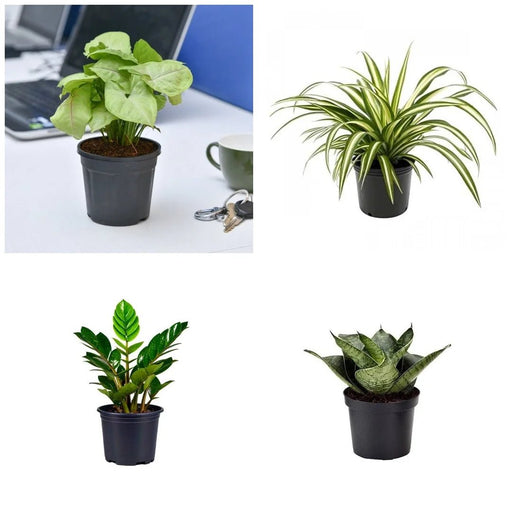
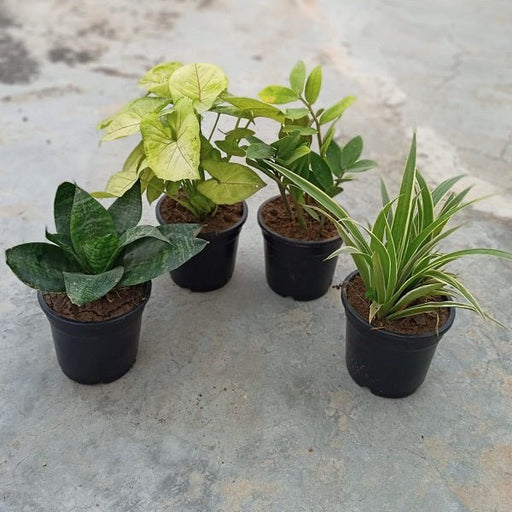 Save 25%
Save 25%
Set of 4 Evergreen Air Purifier Plant Pack Transform your indoor space into a lush, green oasis with our Set of 4 Evergreen Air Purifier Pla...
View full details
Comments
Leave a comment